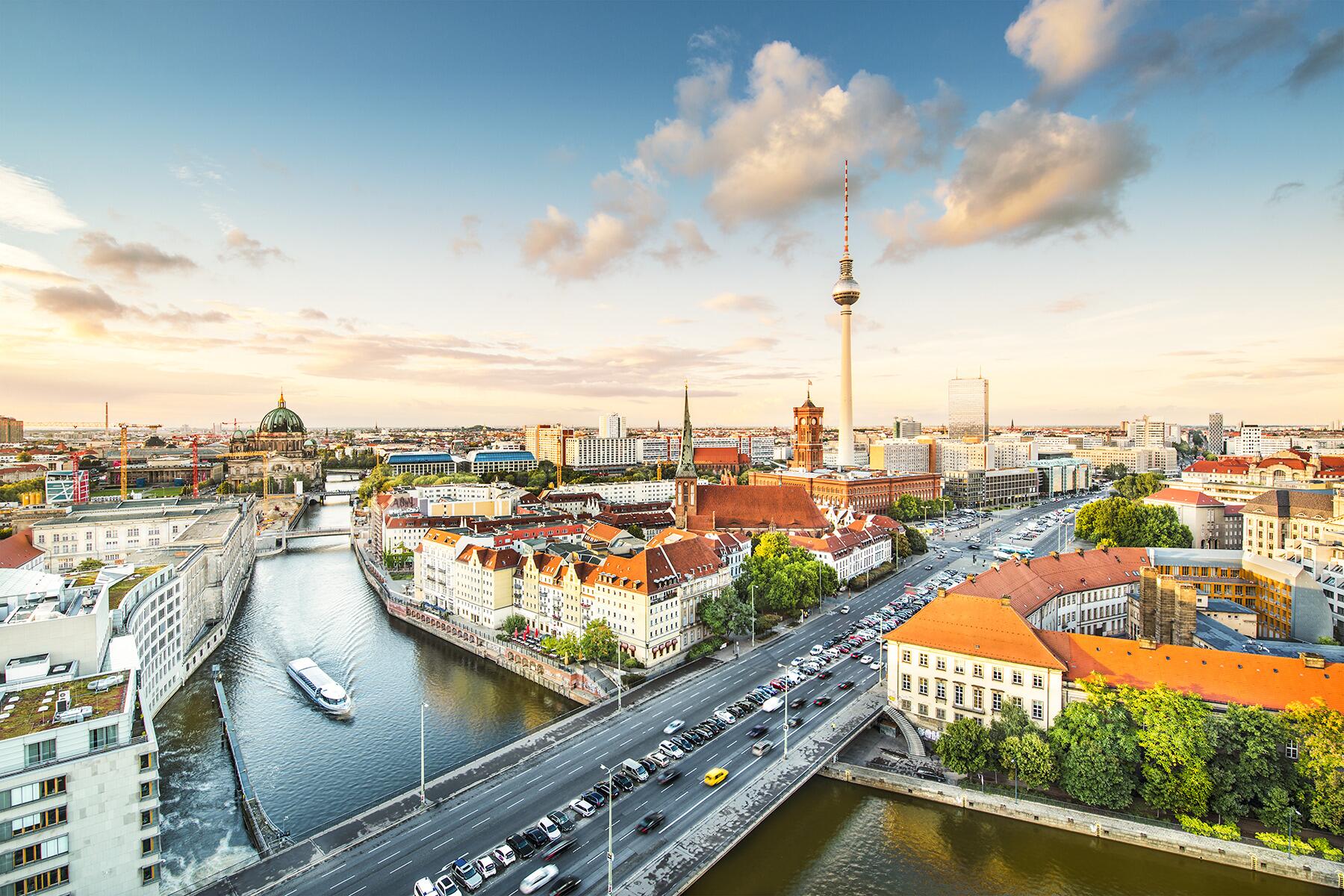Read this before you book that train ride.
When I booked an 18-hour overnight train from Ho Chi Minh City to Da Nang, I envisioned creature comforts and a trip back in time. As an uninitiated American, two words misled me: First Class. Those words had always meant untold luxury. I loved the romantic notion of spending a night above rumbling tracks, watching the landscape clip by from my perch in my berth.
This was probably my greatest travel failure. I was guaranteed a solo car to be shared by my friend and me. But two strangers were also guaranteed a solo car, and so it was the four of us, with no couch, just camp roll mattresses and thin, scratchy blankets provided by the train company. Actually, it wasn’t just us. It was the roaches, too, so many of them it appeared the walls were moving. I know it’s silly to fear roaches more than anything else on earth, but I do, and so when it was finally time to sleep, hours upon hours later, I was incapable of stopping my active brain. Eventually, I found temporary relief in a fitful, brief sleep.
Recommended Fodor’s Video
When I awoke in the dark and turned on my reading light, I saw, from across the room, my friend in her bunk, her blanket covered in roaches. To her credit, she’s a sturdier traveler than I. She shrugged when I recounted the story to her in the early hours of daylight. “Whatever,” she said. But “whatever” definitely wasn’t in my vocabulary that night. While my friend slept under her stealthily moving blanket, I clambered down from my bunk, afraid of stories I’d read on the internet that were likely untrue. An old wives tale asserting that humans eat eight spiders in a lifetime; a horror story involving a roach and an ear canal. Sleep failed me for good, and so I took leave in search of a room—any room on this long train—that could be a comfort.
I first went to find the dining car, but it was just a room with wooden benches. For most of the night, I stood in the narrow hallway of the train, afraid to touch the walls, which were literally crawling with roaches, big and small. I read a memoir, which I will forever associate with the soothing rumble of the train. I watched the morning light ignite the passing rice paddies. I watched the train regain a sense of life as morning swept over.
I hoped beyond hope that my ride would be over soon.
My friend and I were supposed to take a second train up to the DMZ that week, but as soon as I had phone service again, I called Vietnam Airlines and booked a flight instead. We agreed that 12 more hours on this decidedly unromantic journey was too dismal. The romance had fizzled, even as our love for the country—those rice paddies at sunrise were stunning, after all—had grown.
What was I left with after a night tunneling north in Vietnam? I was left, it turns out, with newfound knowledge about the Vietnamese train system and the railway options of Southeast Asia.
The Low Down on Train Travel in Southeast Asia
On Vietnam Railways, the state-owned operator of the country’s rail system, there are four classes of travel. The first class, which I had booked, is also called “soft berth,” and it includes a bed in an overnight cabin.
Cabins are four berths per, with two top bunks and two lower ones. Bunks come with mattress rolls, a pillow, and a set of sheets. Or you can opt to use your own. There’s also one small communal table, which is accessible from the lower two bunks. The next category is hard sleeper (a bed without a mattress, with six beds per compartment), followed by soft seat (the equivalent of a coach bus seat) and then hard seat (a wooden bench, more suitable for short travel legs, but also among the more popular, since it is by far the least expensive).
Sleeper trains are common throughout Southeast Asia. In Thailand, the state-run train, the State Railway of Thailand (SRT), runs from Bangkok, in the south, to Chiang Mai, in the north. These trains have three classes of service, with first class providing private, two-bunk cabins. Passengers can also travel from Bangkok straight through to Malaysia; Thailand’s service operates to the Malaysian border via overnight train, stopping at Padang Besar, about an 18-hour trip.
I hoped beyond hope that my ride would be over soon.
From there, passengers can switch to the Malaysian-run KTM line. On the KTM Intercity trains, there are four classes of service, including Economy Class, with 74 seats; Aircond Superior Class, with 60 seats; Aircond Premier Class, with with three seats abreast and more space and comfort; and Superior Night Sleep class, with 40 beds stacked on top of one another, as well as privacy screenings.
The SRT also operates a sleeper rail across the Laotian border to the Thanaleng Railway Station. Passengers must take an eight-hour train ride from Bangkok to Nong Khai and then another train ride across the border into Laos. The trains along this route are older, and sleeper cars are second-class, not first, so you may want to bear this in mind on booking. The travel time, however, is under 12 hours, so it’s a far shorter journey than some of the other long passages.
However, Southeast Asia has several unique options like the kind of experiences I had originally envisioned. The hotel brand Belmond runs the exclusive–and expensive–Eastern and Oriental Express, which has routes between Bangkok and Kuala Lampur and Bangkok and Singapore. These routes deliver bespoke experiences with ample creature comforts (think a gown and slippers), an observation car, a proper dining car, and world-class food and beverage. A two-day trip on this train can cost upwards of $2,500 per person, though rates are all-inclusive. (These rates may change as Belmond prepares to open for the 2023 season.)
For those in search of a more luxury experience within Vietnam, there are private trains available, too, and they carry with them an elevated price tag. The Orient Express train, which runs between Hanoi, in the north, and Sapa, in the Northwest, offers two- and four-berth cabins with private restrooms. Both Livitrans and Violette offer similarly upgraded accommodations for the north-to-south route along the country’s backbone. Prices max out around $90 USD for the longest routes, and include private rooms, private restrooms, and fresh fruit and snacks. The Victoria Hotel brand, which operates luxury resorts throughout Vietnam, runs the Victoria Express train between Hanoi and Sapa. Private rooms begin around $210 round trip.
Many of the sleeper trains, including the Belmond trains, paused during the height of the Coronavirus epidemic, and some pricing and train scheduling has fluctuated as a result. Belmond suspended its 2021 and 2022 seasons but is set to release its 2023 operating dates soon, along with updated pricing. Make sure to check operator websites frequently for updates to routes, ticket prices, and schedule changes.
Tips to Keep in Mind When Traveling by Train in Vietnam
If you decide to ride the rails via Vietnam Railways, here are some tips to remember. The restrooms aboard the state-run trains are communal. Dining is available through a food cart that runs the halls of the train, but you’re better off bringing your own food. Prices vary depending on the length and class of trip, but typically max out around $85 per person. The highest class of service is referred to as “luxury soft-berth five-star,” and the railway advertises this as the luxury accommodation that comes with a snack and a drink. Be aware that the quality of the car will depend on which train you end up on, which may be a matter of luck. Some trains—the newer ones—have Wi-Fi and air conditioning. You can check which train is which by visiting the Railways’ website.




